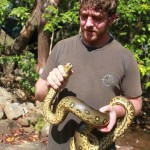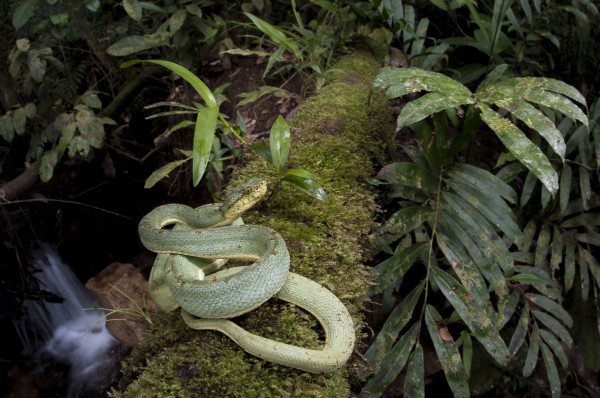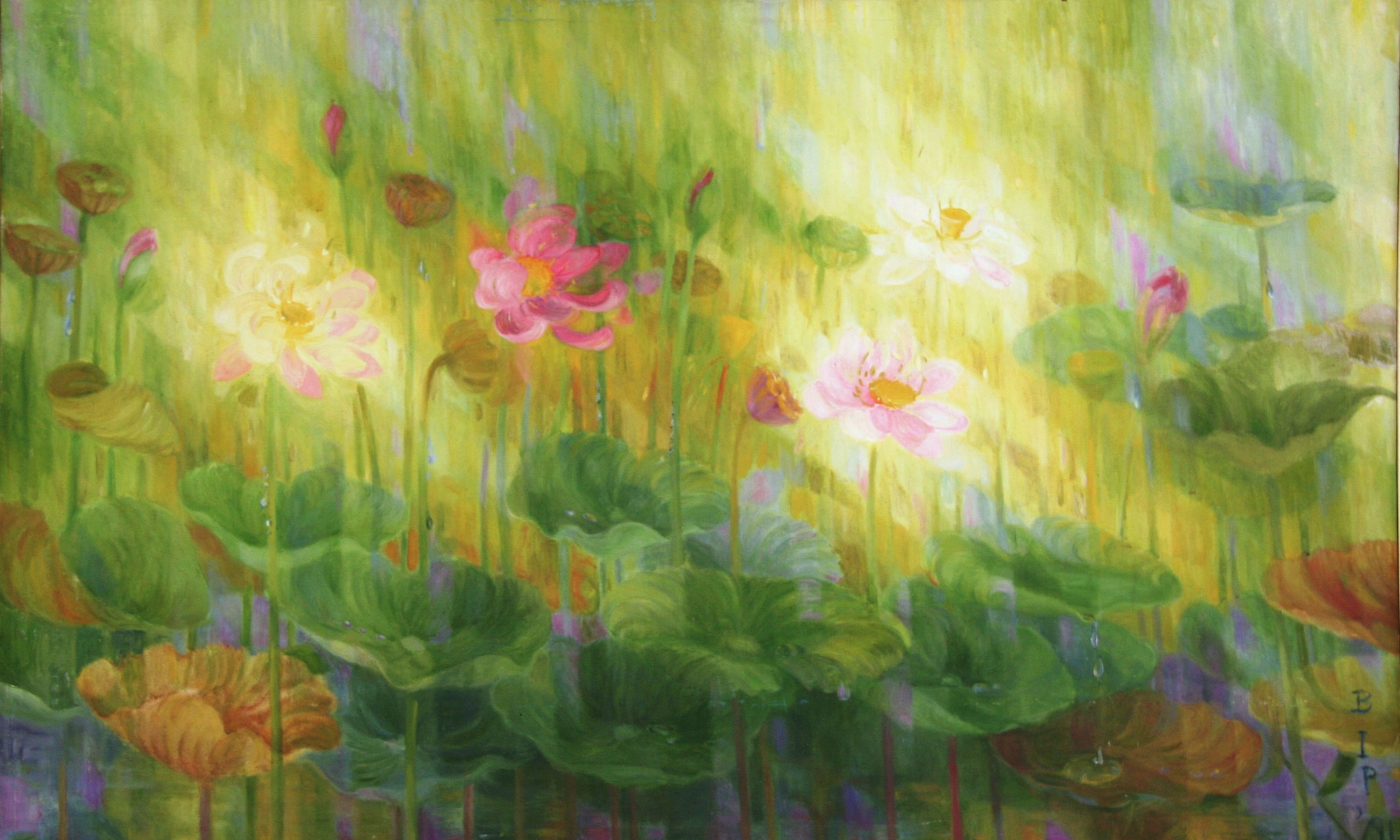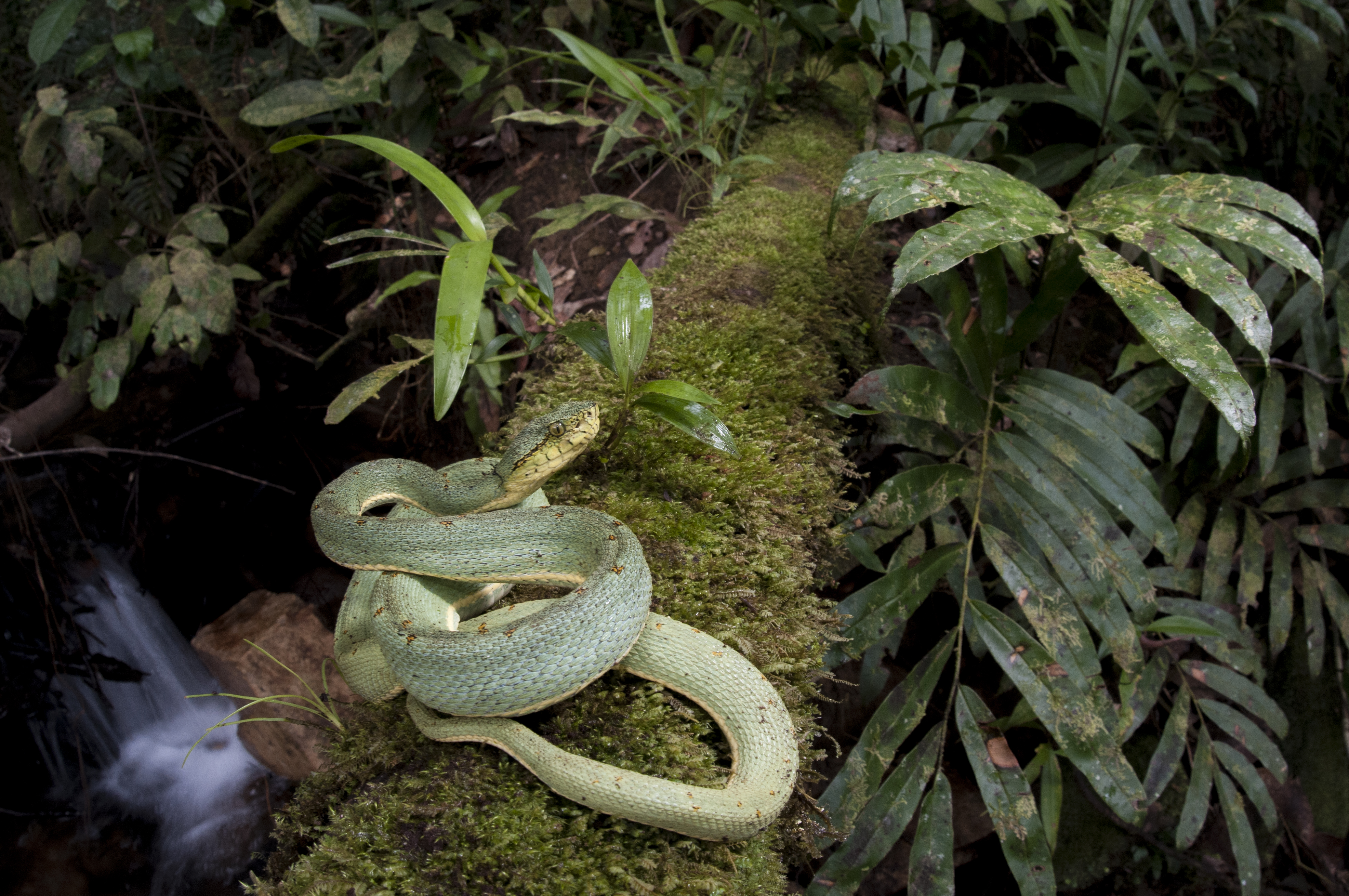Activity: Slideshow / Lecture
Host: Moray House Trust
Date: Thursday, 3rd July 2014
On Thursday 3rd July, Moray House Trust hosted a slideshow by biologist

and photographer, Andrew Snyder. Andrew’s areas of expertise include neotropical herpetology, biogeography and taxonomy and his main field of research is patterns of evolution across Guiana Shield reptiles and amphibians. He is studying for a doctorate in Biological Sciences and has worked in several parts of the hinterland in the last three years for Operation Wallacea and the World Wildlife Fund.
Andrew used a series of photos to illustrate the enormous diversity of plant and animal species in Guyana. This is partly due to the varied nature of Guyana’s landscape. Our peculiar mix of lowland rainforests, savannahs, granitic mountains and flat table-top mountains (tepuis) interspersed with creeks, rivers and other waterways create a diverse range of habitats for flora and fauna. New plants and animals are being discovered all the time.

Video Clips
Part 1: Evolutionary Biology
A useful primer on some of the tenets of evolutionary biology for beginners. Andrew outlined the scope of some of his research in the hinterland of Guyana.
You Tube Clip: http://youtu.be/OOUbITsu4-s
Part 2: The Guiana Shield
Andrew highlighted the biodiversity within the Guiana Shield region.
You Tube Clip: http://youtu.be/7CQNZ7ZX0fc
Part 3: The Rupununi River and the Kanuku Mountains
Andrew explained the unique geographic isolation caused by the passage of the Rupununi River through the Kanuku Mountains.
You Tube Clip: http://youtu.be/Mn-_ZdoUocM
Part 4: The Rupununi Savannahs
A closer look at some of the scientific research being undertaken on the savannahs.
You Tube Clip: http://youtu.be/ChyDumtRTUY
Part 5: Research and Conservation
‘In order to properly conserve an area it is important to know what lies there.’ Andrew described the links between research, conservation and eco-tourism.
You Tube Clip: http://youtu.be/EDS8H6XeyoQ
Part 6: Biodiversity Surveys at Iwokrama
A few insights into the nature of fieldwork and the types of surveys undertaken at Iwokrama.
You Tube Clip: http://youtu.be/ZISIlFqfveU
Part 7: Research groups and sites
Andrew described some of the organisations conducting scientific research in the hinterland of Guyana and the location of some of their work.
You Tube Clip: http://youtu.be/fCVcEp65OfE
Part 8: Biodiversity at Kaieteur
Neon spiders and sensitive snakes are just a small selection of the teeming diversity of species to be found in the Kaieteur area.
You Tube Clip: http://youtu.be/1aePVnZiI74
Local Species
Bushmaster
You Tube Clip: http://youtu.be/JOnUBXc-c-0
Salipenter or Tegu
You Tube Clip: http://youtu.be/oSmeENMHf3k

